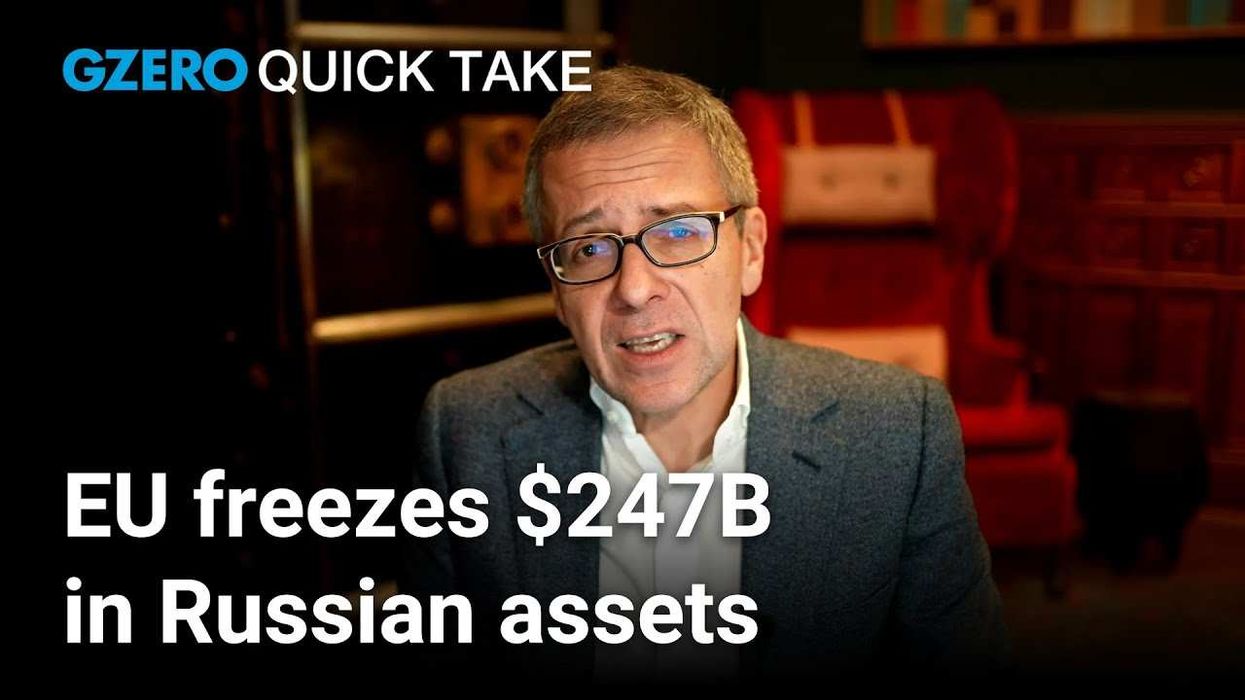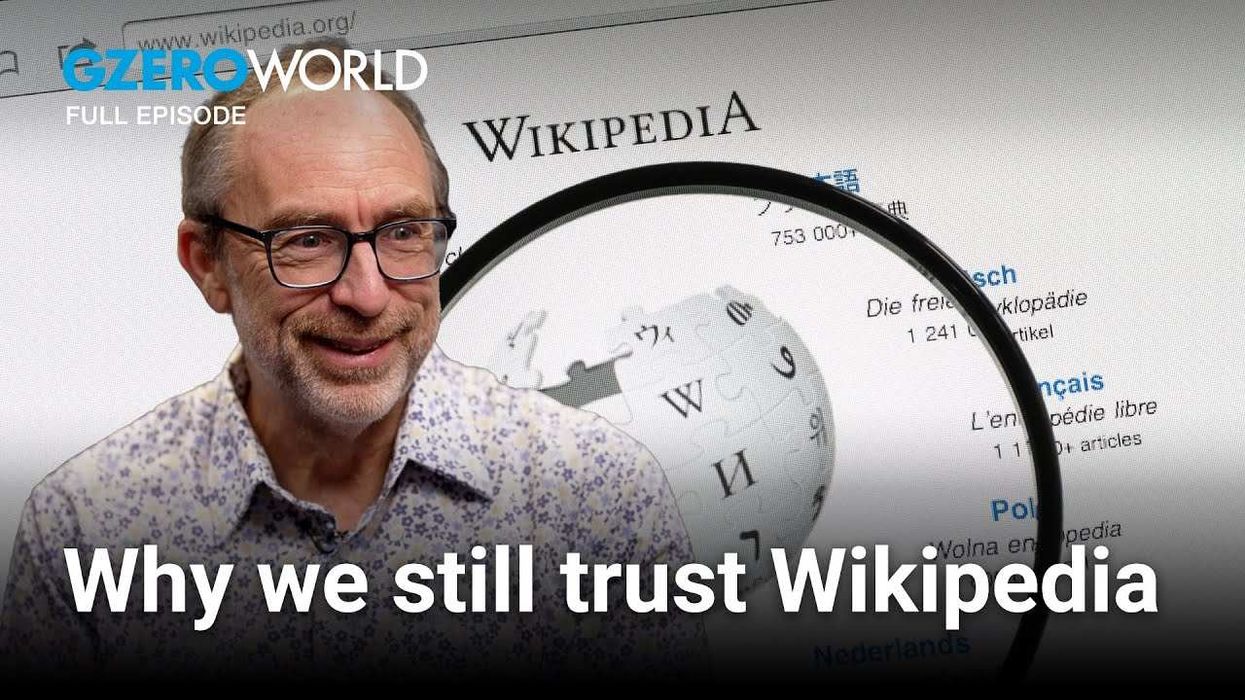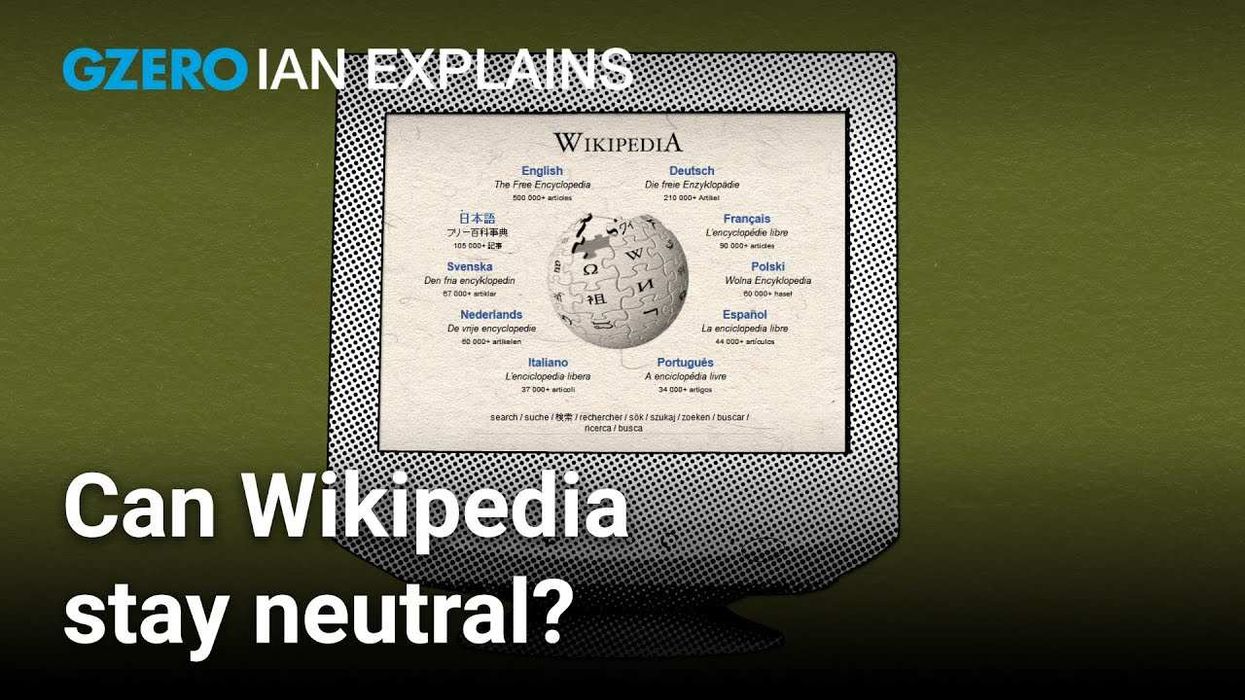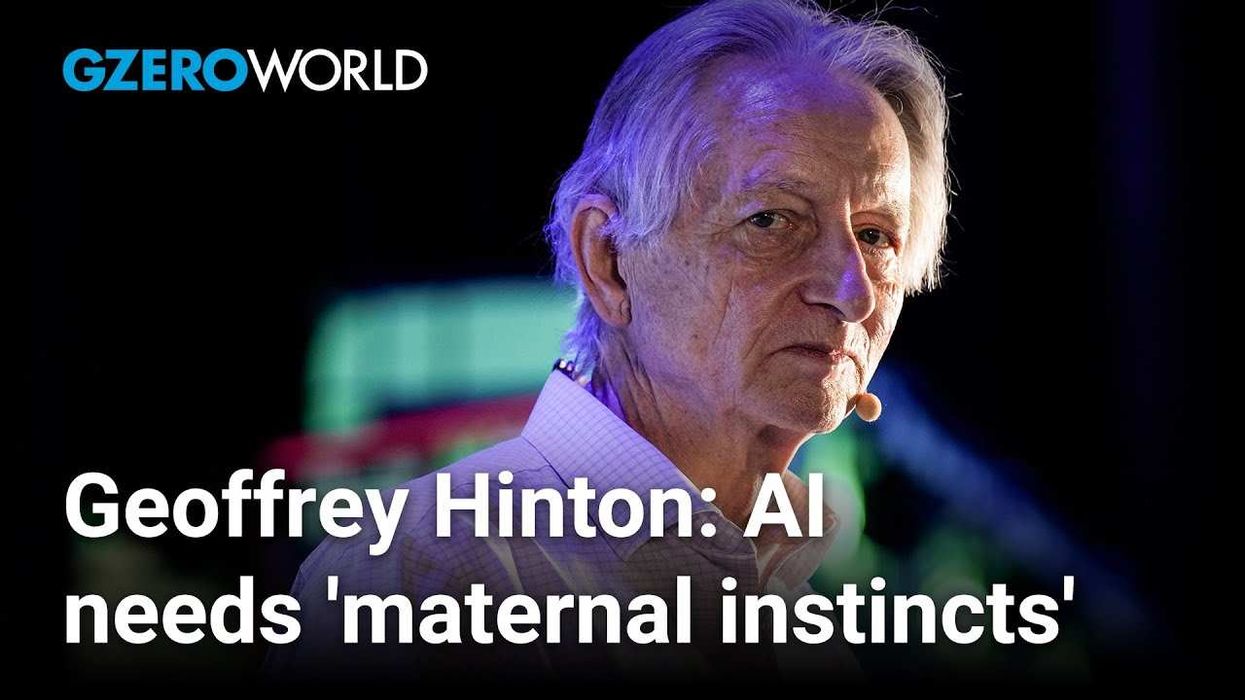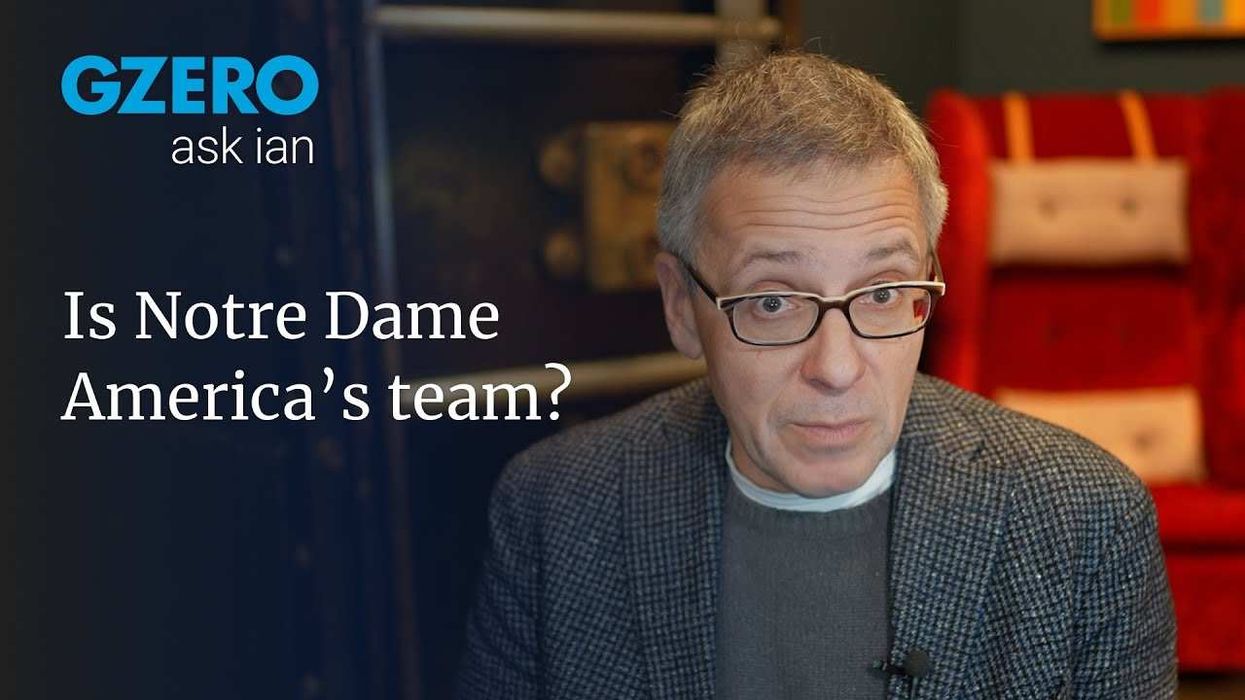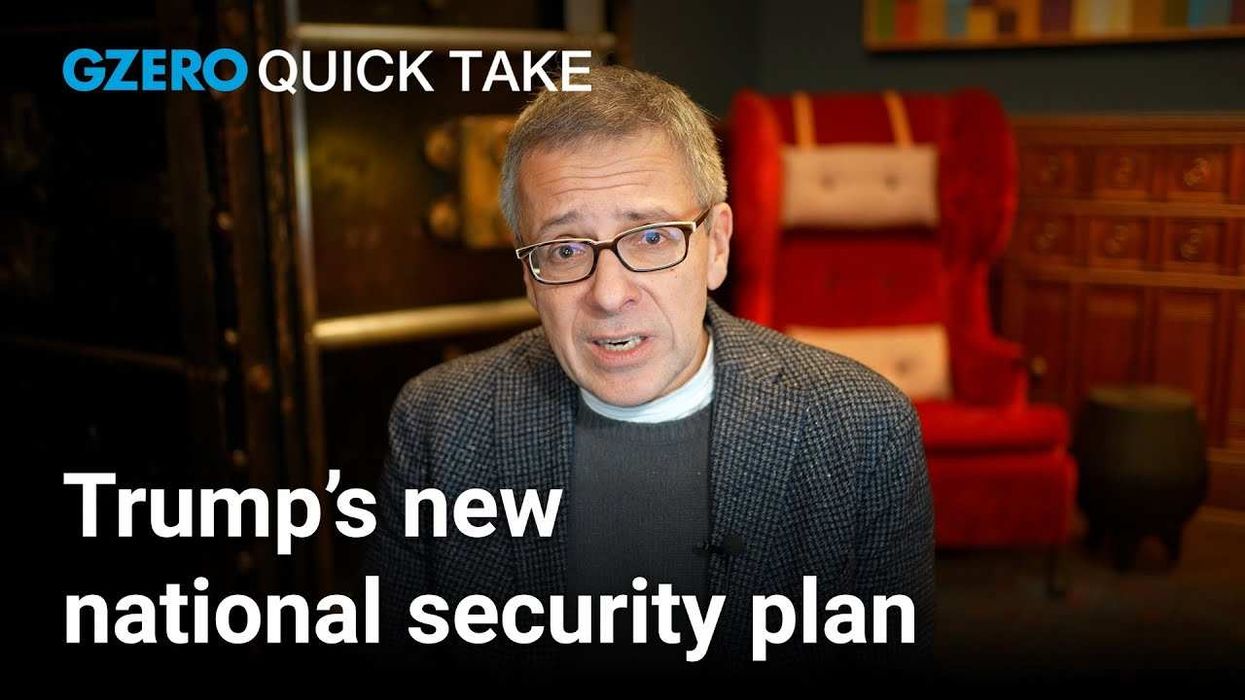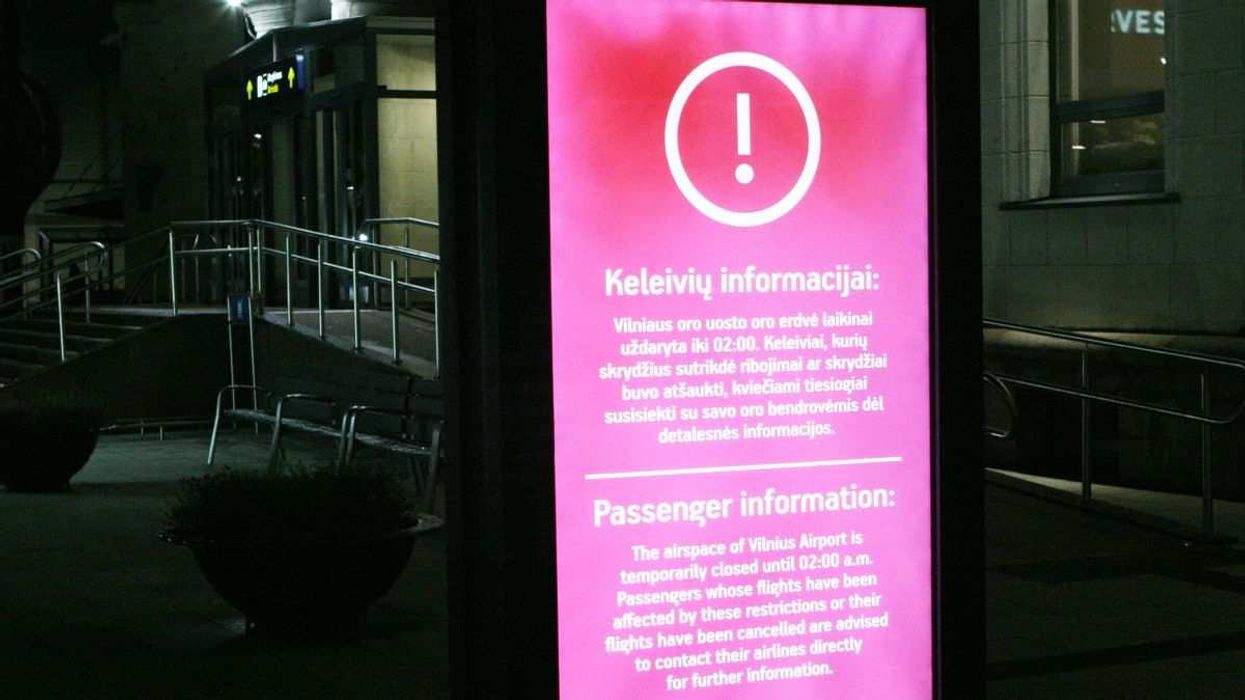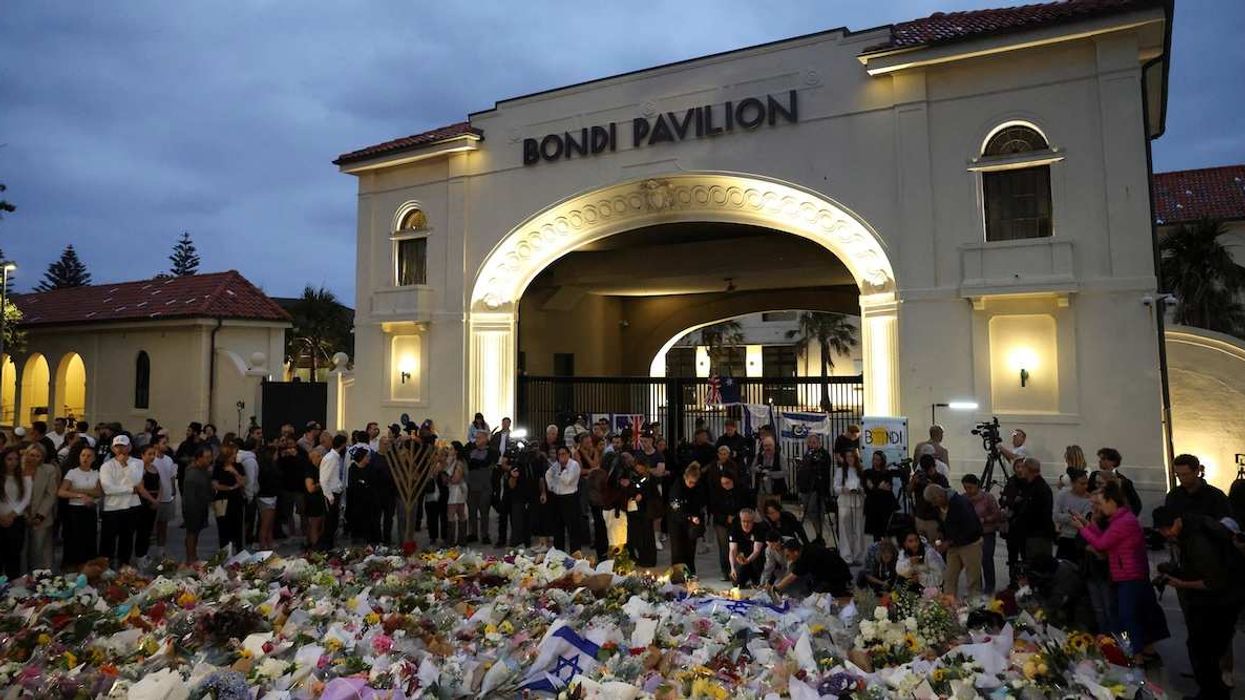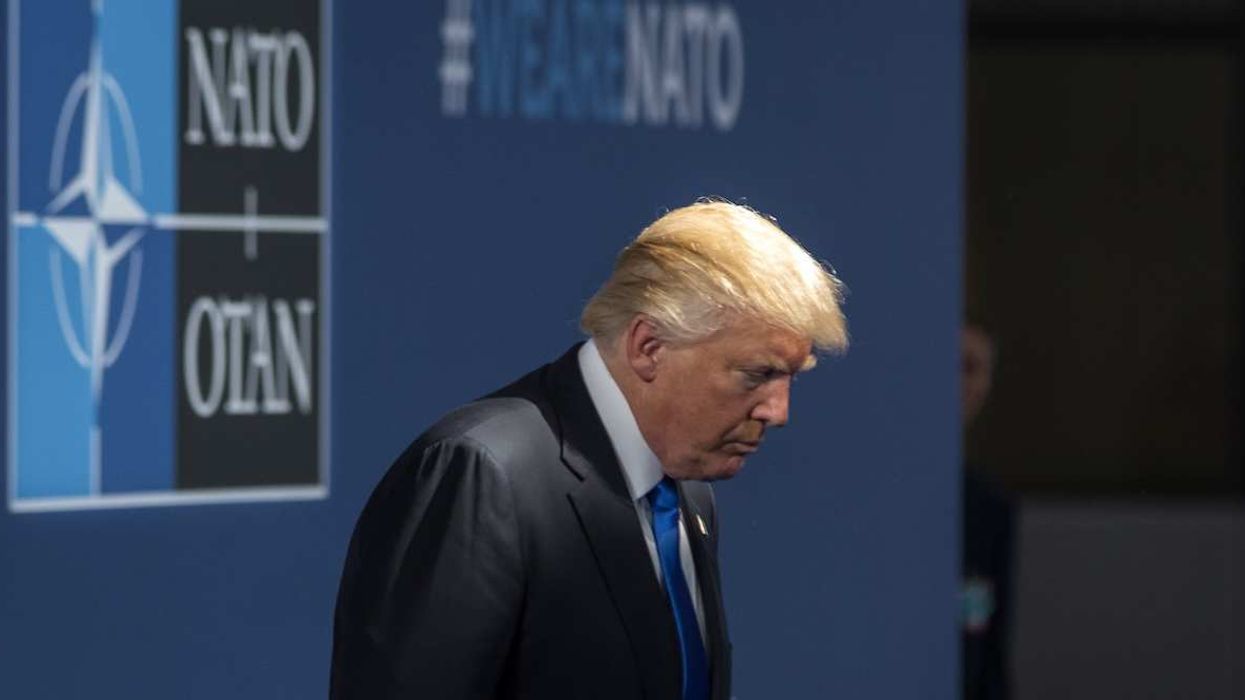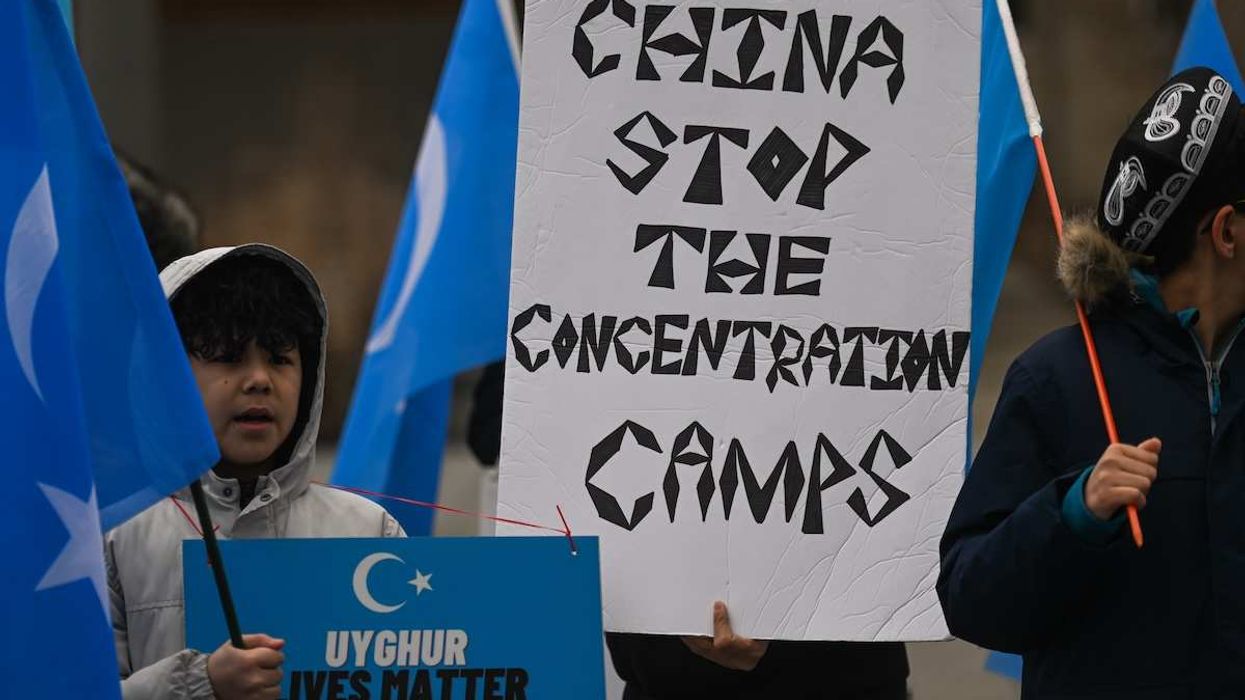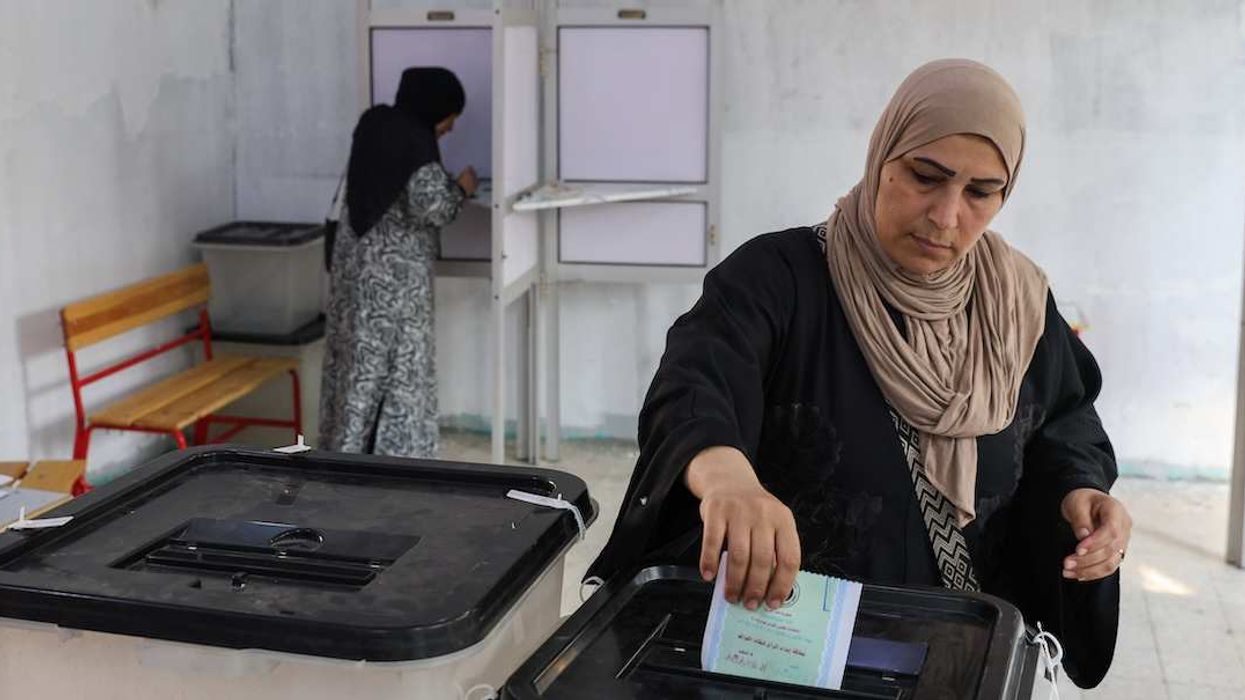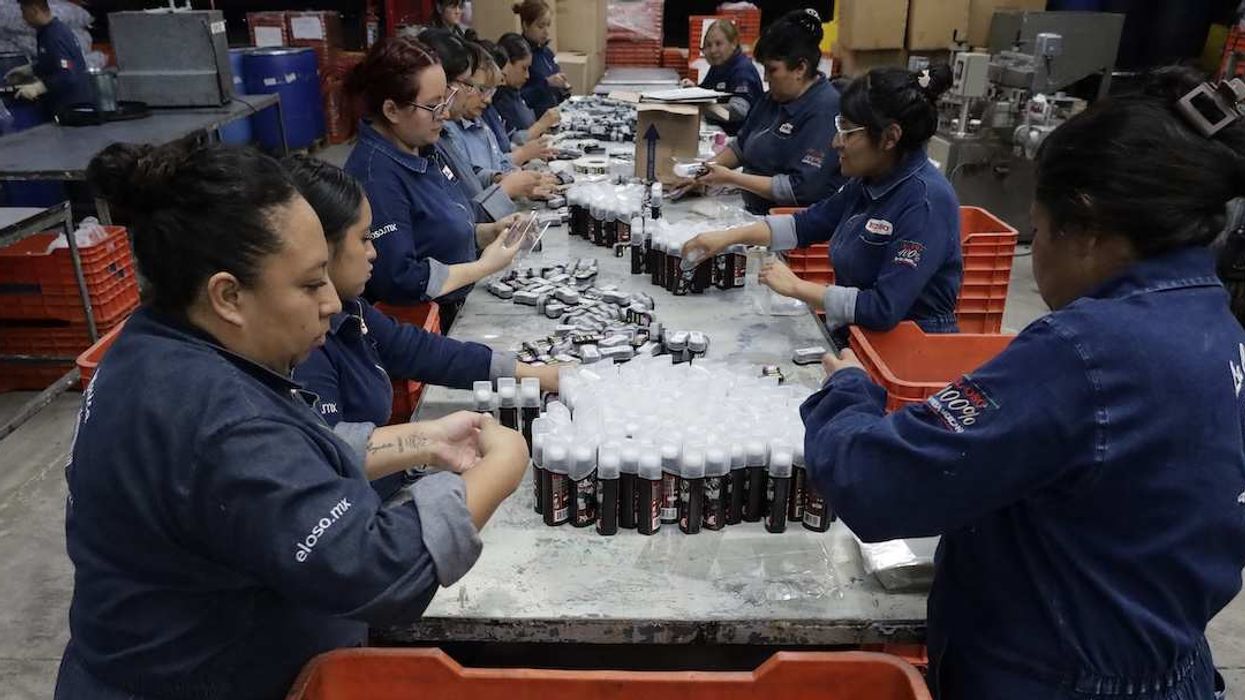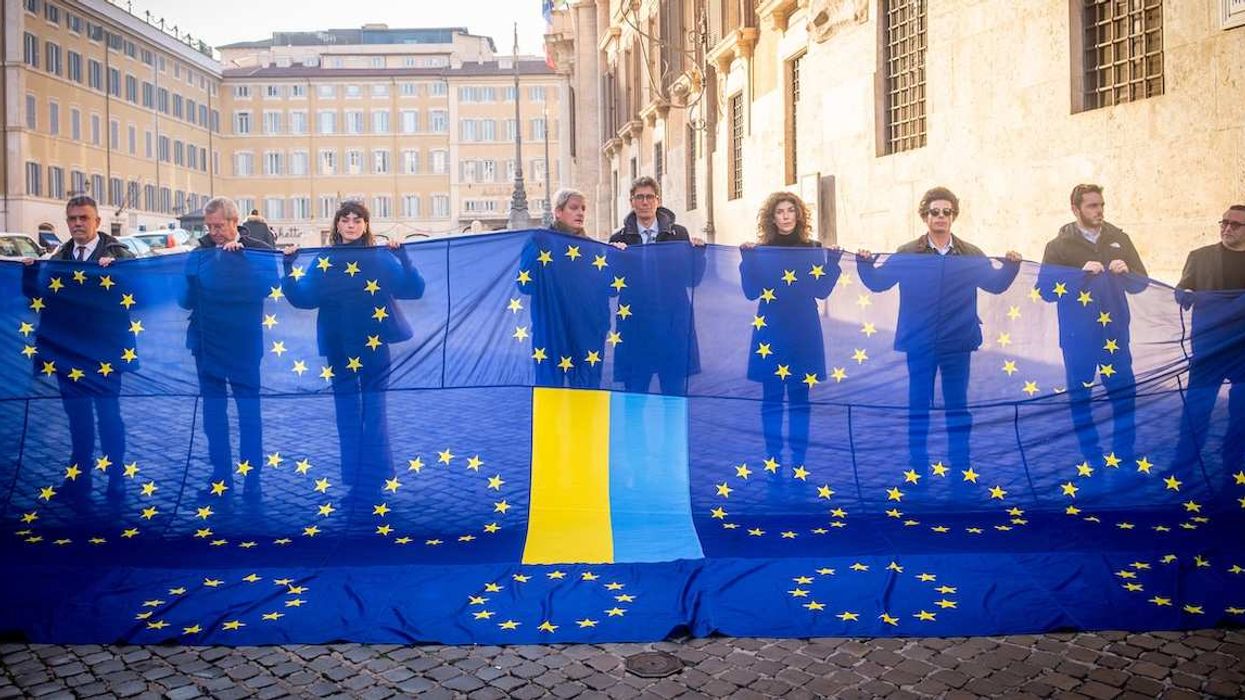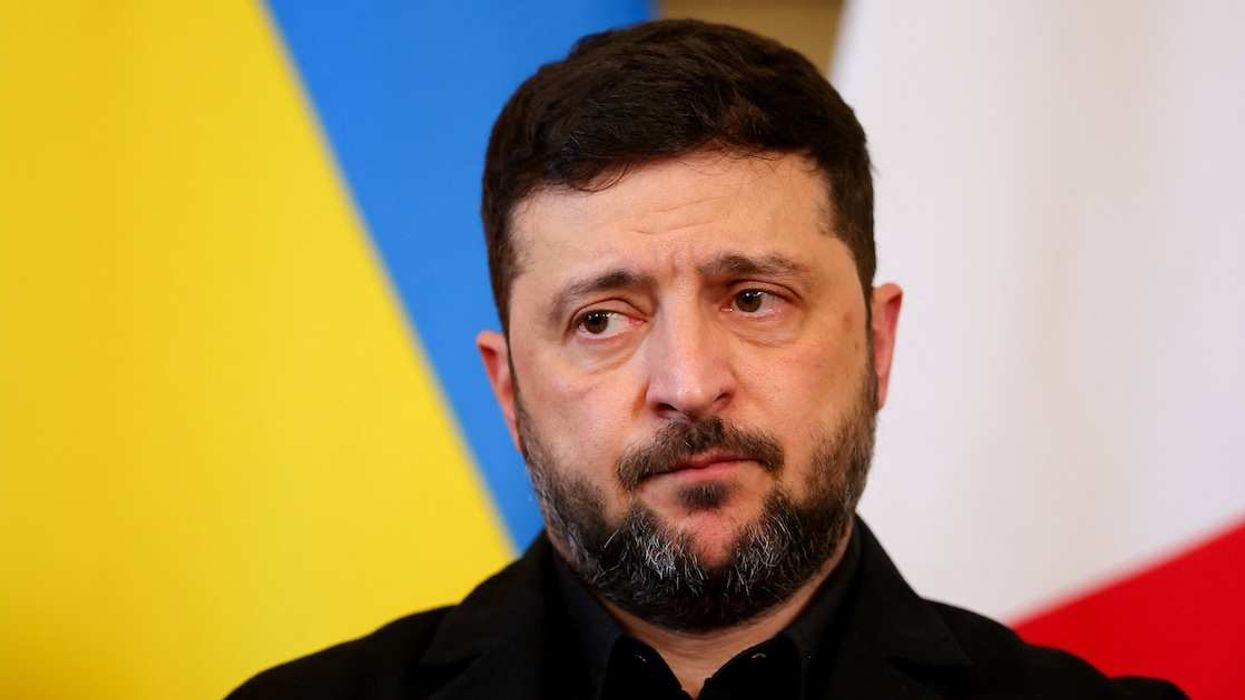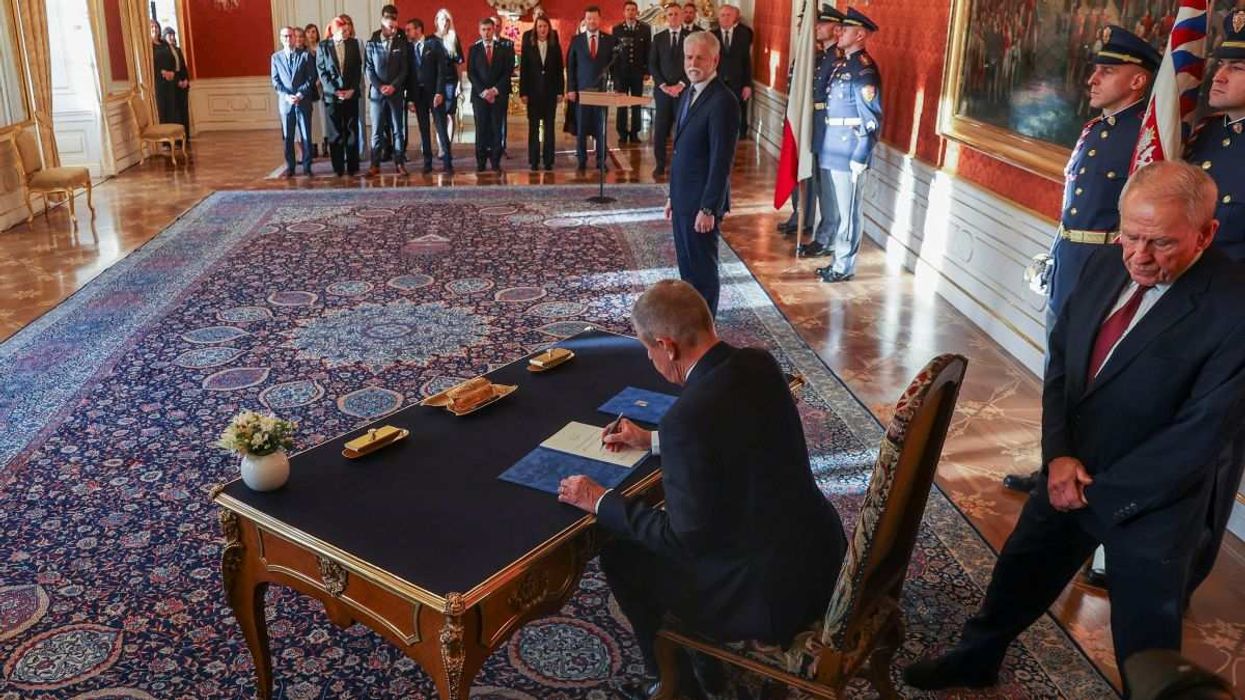The Pantanal, the world’s largest tropical wetland that stretches between Brazil, Paraguay, and Bolivia, is under threat from the proposed Hidrovia Paraguay-Paraná waterway project, which aims to transform 434 miles of the Paraguay River into a commercial shipping route, driven by the demands of industrial agriculture, particularly soybean farming.
The Germany-sized wetland has already been degraded by agricultural expansion and drought, but scientists say the project could “end an entire biome” by shrinking the wetland and leaving hundreds of thousands of hectares of land vulnerable to wildfires. In 2024, fires there were the worst on record, with nearly 3.7 million acres burning across the Brazilian Pantanal by early August.
The argument for creating the waterway is that barges would be faster and cheaper for transporting goods like soybeans from Brazil, Paraguay, and Bolivia to the coastal seaports in Uruguay and Argentina where they are shipped to North America, Europe, and Asia.
However, due to droughts decreasing flooding in the region, scientists believe that even with dredging, the water level in the river would still be too low to allow navigation. Since 1985, the Pantanal has lost about 80% of its surface water – more than any other biome in Brazil.


